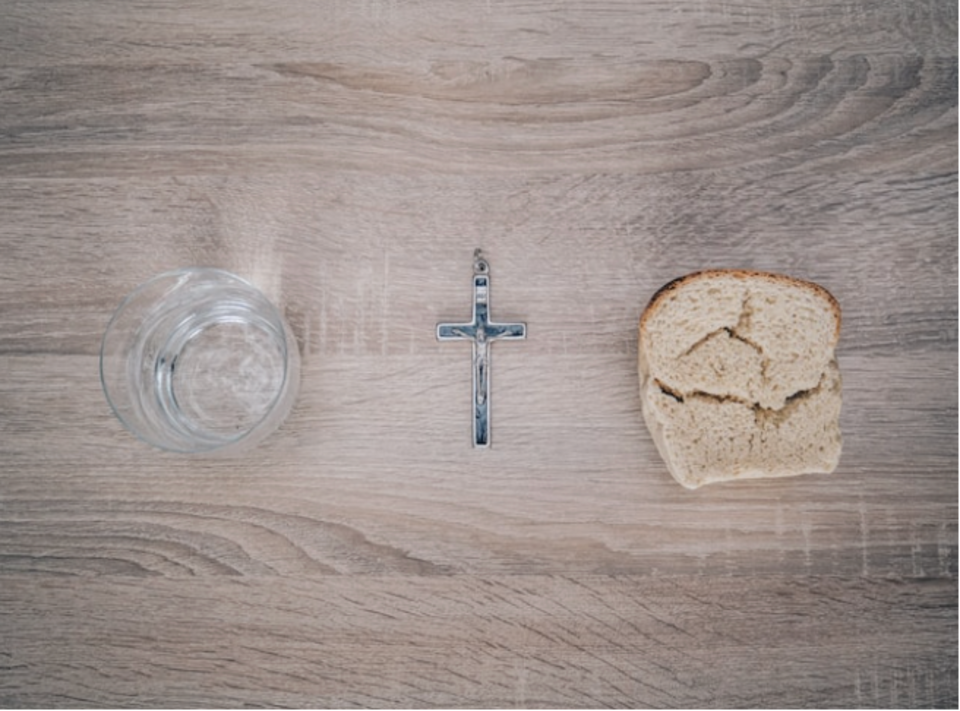
St. John Armenian Apostolic Church in San Francisco featured a collection of traditional recipes that are suitable for Lent.
It included dishes, such as Lenten taheen cookies, Armenian potato salad, and red lentils with cracked wheat vospov.
The recipes posted on their website are comprehensive and a few of them are sourced from the book The 40 Days of Lent authored by Alice Antreassian, which is available for purchase at the church's bookstore.
Season of Prayer, Fasting, Charity
According to Bishop Shnork Kaloustian's book, Saints and Sacraments of the Armenian Church, Lent commences on the Monday following the Sunday of Poon Paregentan, which means "good living," and concludes on the evening of the Friday before Palm Sunday.
As the Christian world prepares for Lent, people focus on three main things: prayer, fasting, and giving.
According to CRU, prayer during Lent emphasizes the need for God's forgiveness, repentance, and receiving God's mercy and love.
Meanwhile, fasting is a common practice during Lent, where people give up something to reduce distractions and focus more on God.
On the other hand, giving or charity is another essential aspect of Lent, and people respond to God's grace, generosity, and love by volunteering or donating money.
Good Friday commemorates Jesus' sacrifice to bear the punishment for people’s wrongdoings, while Easter Sunday signifies His resurrection and an opportunity to have an eternal relationship with God.
Engaging in prayer, fasting, and giving during Lent can make Jesus' sacrifice and resurrection even more meaningful.
Armenian Lenten Traditions
According to the Mirror Spectator, the oldest Armenian Lenten traditions were very restrictive in terms of food consumption.
The Armenian Church used to call Lent Aghouhatzk, which translates to "salt and bread," because only these items were allowed as food during that time.
However, as years passed, the Lenten rules have evolved, and now any food that does not come from animals is permitted, while alcoholic beverages are still prohibited.
The Armenian Church still imposes strict fasting rules during Lent that exclude animal products.
If adhering to them became challenging due to health or other reasons, it's advisable to start with smaller steps.
With this, Father Mesrop Ash, the Parish Priest since 2012, emphasized that the purpose of Lenten fasting should not be an obsession but a path toward spiritual growth.
He stated that Lent's real essence is grounded on three essential components - prayer, fasting, and charity, which serve as a robust foundation for understanding its significance.
Moreover, he stated that Lent acts as a reminder that humans are always faced with choices that can lead to two different paths in life.
The first path can be characterized by darkness, evil, and sin, while the second path is about light, God, righteousness, and goodness.
According to Father Ash, the fortress of prayer, abstinence, and charity serves as a junction between these two paths, leading humankind toward the pursuit of perfection.
More from Crossmap:
Faith and Freedom files lawsuit to block San Francisco rep’s Senate Bill 107





